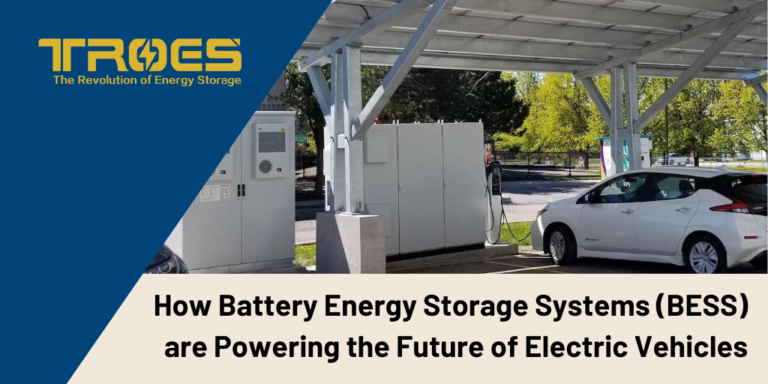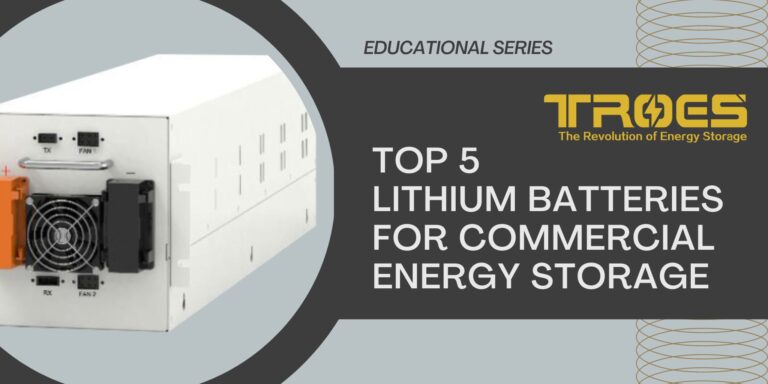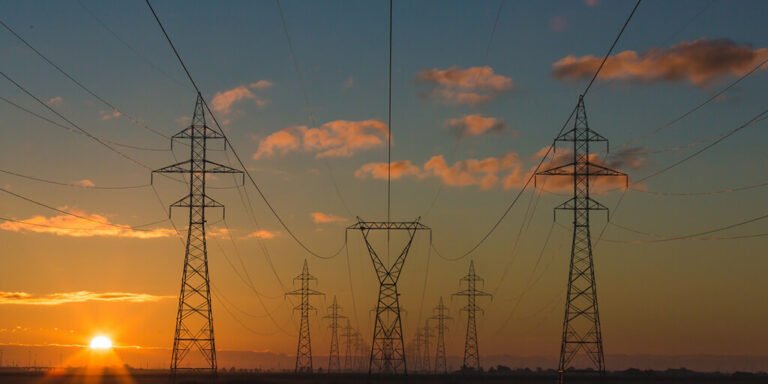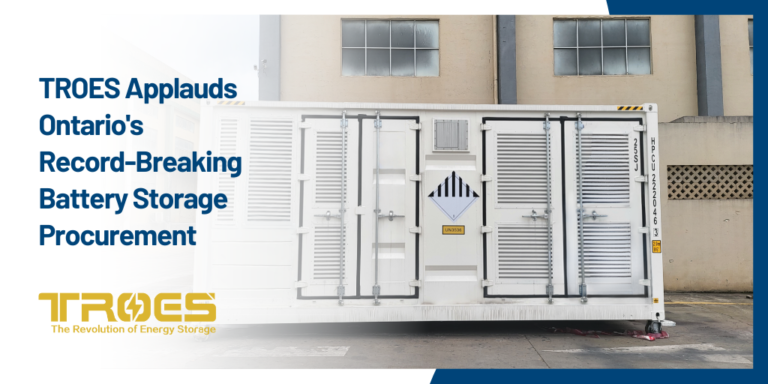How New York Businesses Can Save Money with Energy Storage

New York has set out to an ambitious goal of obtaining 70% of its electricity from renewable sources by 20301. Most small to mid-sized New York businesses understand the concept of Energy Storage but are not sure how to implement it to their business or how it can help them.
This guide will help New York business owners:
- understand why and how to install energy storage
- understand the benefits of energy storage
- understand relevant energy storage incentives in the state of New York
- the steps to take before commencing a project
New York Legislation on Energy Storage
New York has adopted a forward-looking legislation under the Climate Leadership and Community Protection Act (CLCPA). The Act mandates that New York will achieve net zero emissions by 2050 alongside a series of laws2:
- 40% reduction in statewide greenhouse gas emissions by 2030 and a reduction of 85% by 2050
- 70% of its electricity from renewable sources by 2030 and be emissions-free by 2040
- 3,000 MW of storage by 2030
- 6,000 MW of distributed solar by 2025
- 9,000 MW of offshore wind by 2035
New York, along with Massachusetts, New Jersey, and other states implemented emissions standards which has boosted the growth of EV share sales. The legislation provides an excellent framework for businesses in New York to develop innovative cleantech solutions using battery energy storage systems while offering energy storage incentives.
Types of Energy Storage Technologies
Before a project comes into fruition the first thing to be determined is the type of energy storage technology that best fits the specific business and its goals. Energy can be stored in a variety of different ways. Here are examples of case studies based off applications or industry.
Below is a picture explaining the different types of energy storage technologies.

Pumped Hydro
Electricity is used to pump water to a reservoir. When water is released, it flows through a turbine to generate electricity.
Compressed Air
Electricity is used to compress air and store it. When electricity demand is high, the pressurized air is released through a turbine generator.
Flywheels
Electricity is used to accelerate a flywheel. (a type of rotor) When energy is needed, the spinning force of used to turn a generator.
Batteries
The most popular type of storage used. Very large batteries can store electricity until it is needed. The best batter technology for BESS is lithium-ion.
Thermal
Electricity can be used to produce thermal energy such as chilled water or ice, which can be stored until needed.
The Best Energy Storage Technology
For businesses that want to install battery energy storage, lithium-ion battery energy storage systems (otherwise known as BESS) are the best type of storage available due to its many benefits and few drawbacks. Lithium-ion batteries is by far the most popular battery storage option today and control more than 90% of the global grid battery storage market. Here is a summary of the pros and cons of lithium-ion batteries.
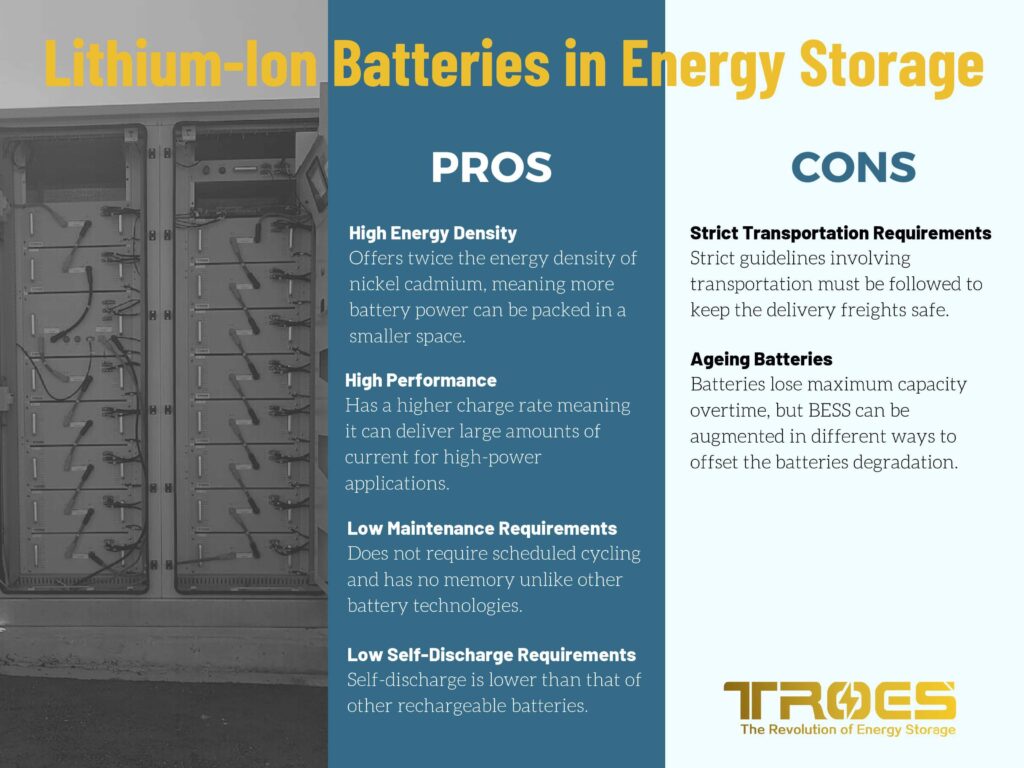
Pros of Lithium-Ion Batteries
- High Energy Density – Offers twice the energy density of nickel cadmium, meaning more battery power can be packed in a smaller space.
- High Performance – Has a higher charge rate meaning it can deliver large amounts of current for high-power applications.
- Low maintenance Requirements – Does not require scheduled cycling and has no memory unlike other battery technologies.
- Low Self-Discharge Requirements – Can be used in modular configurations due to its small size and light weight.
Cons of Lithium-Ion Batteries
- Strict Transportation Requirements – Strict guidelines involving transportation must be followed to keep the delivery freights safe.
- Ageing Batteries – Batteries can lose maximum capacity overtime, but BESS can be augmented in different ways to offset the batteries degradation.
New York Energy Storage Incentives
Not only are there major advantages for New York businesses to implement energy storage from an environmental perspective, but there are also financial benefits as well. NYSERDA is offering bulk storage incentives for any business that implements energy storage. The New York energy storage incentives include:
- $90/kWh in 2021 for projects greater than 20MW (decreasing by $10/kWh every year till 2025)
- $85/kWh for first class when projects exceed 20 MW
- $75/kWh for second class when projects exceed 20 MW
For more information on incentives, visit nyserda.ny.gov.
According to the DSIRE database, New York is among the only 10 States to offer incentives for energy storage, already having 568 MW worth of energy storage projects.
How New York Businesses Can Save With Energy Storage
New York leads by example in the renewable and energy storage space adopting forward-looking policies with incentives. Now more than ever is a great time to install battery energy storage for your business. Here are a few steps to take before commencing a project.
Step 1: Determine Your Project Needs
What type of business do you have?
What are your pain points from the centralized grid? For example, is it high utility bill? Frequent black outs? Demand charges or constrains? Other request?
Will the location of the battery energy storage system be indoors or outdoors?
How much space is available to store the System?
These are all great questions to ask before installing battery energy storage. Answering these questions early will help engineers determine a proper design & simulation. With TROES’ modular capability, we can build a modular solution that fits your exact measurements, electricity requirements, and weather proofing for indoor and outdoor projects. View some project examples here.
Step 2: Pairing with Renewable Energy
Once you have an idea of the system, the next step is determining whether to run the BESS solo or paired with renewable energy. There are many different types of renewable energy sources but the most popular are solar, wind, hydro and biomass. Each renewable energy source has different benefits according to your project needs.
Step 3: System Design and Requirements
The last and final step is to contact a BESS professional to help design your system. Apart from the technical, there are also regulatory requirements the BESS should comply with. For example, the State of New York has special fire code regulations, compared to other jurisdictions.
TROES makes it easy for New York businesses in the commercial, industrial or institutional sectors to install battery energy storage systems. TROES offers UL9450A certified indoor and outdoor modular solutions that can be paired with different renewable sources to help solve your pain points.
Contact us today for a free inquiry on how to integrate battery storage within your business.

